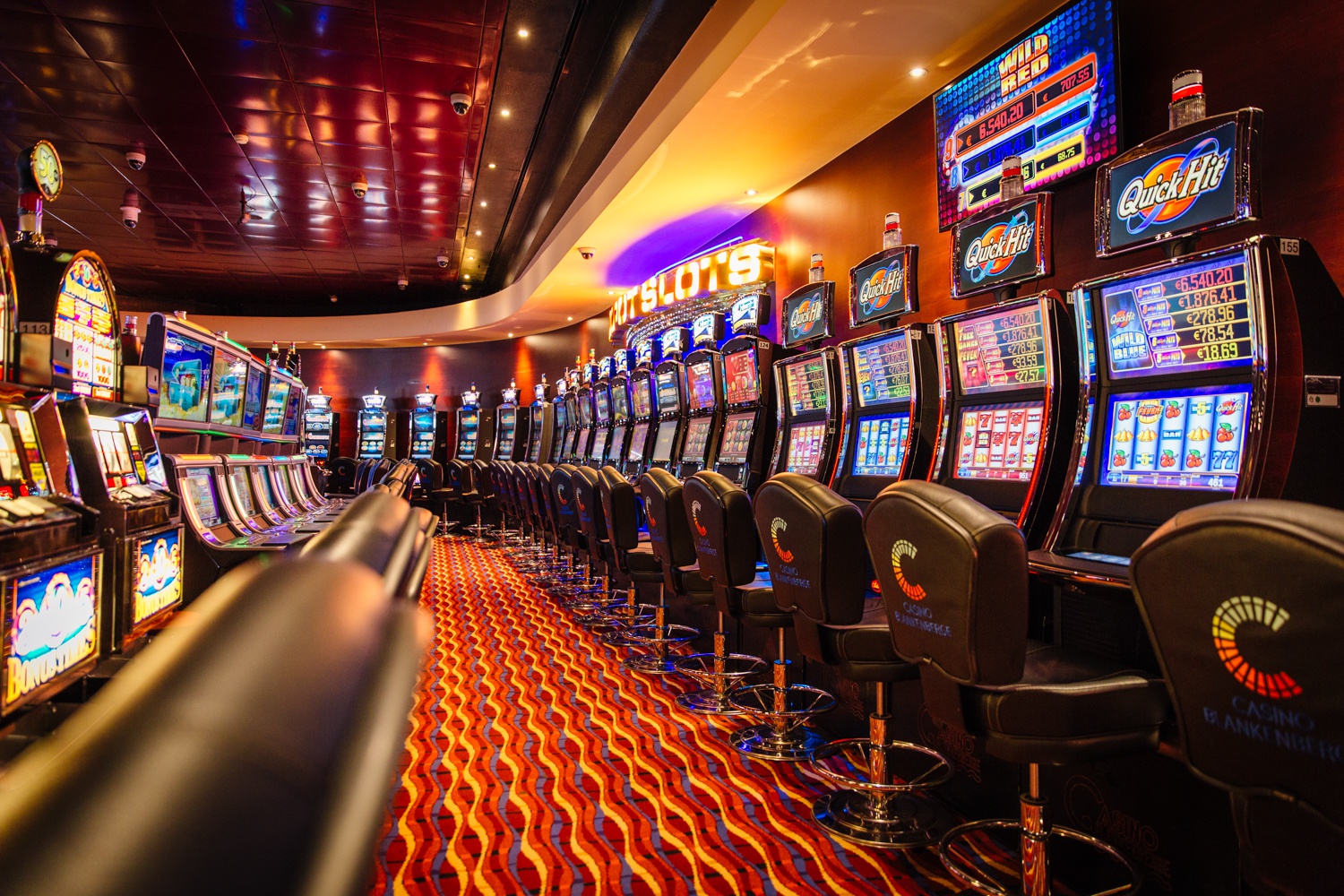
Casino games have long captivated the human imagination, drawing participants into a world filled with fortune, strategy, and the allure of excitement. Each experience is painstakingly crafted not just for entertainment, but also to inspire targeted emotional responses that keep players engaged and invested. Understanding the reasons behind these designs reveals much about how human psychology plays a vital role in the gaming experience.
From the bright lights and dynamic sounds to the intricate layering of rules and incentives, casino games are designed to create an atmosphere of thrill and expectation. Game designers leverage mental cues to influence gambler behavior, whether through the use of winning opportunities, almost wins, or social connections. By examining these elements, we can better appreciate how casino games fulfill not just a want for entertainment, but deeper psychological needs for adventure and risk.
Comprehending Player Behavior
Casino games are designed with a profound understanding of player psychology, which is crucial for attracting and retaining players. The thrill of the game, alongside the hope of winning, produces a powerful allure. Game designers employ elements like audio cues, dynamic graphics, and engaging gameplay to seize attention and generate emotional responses. These sensory experiences enhance the immersive experience, making players feel more involved in the game.
Another significant aspect of player behavior is the notion of risk and reward. Casino games often weigh risky situations with the potential for considerable rewards, which can cause the event known as near-miss phenomenon. When players come near to winning, the brain produces dopamine, strengthening their behavior and encouraging them to keep playing in pursuit of that fleeting win. This cycle of anticipation and letdown plays a key role in how games are designed and marketed.
Lastly, social factors also play a pivotal role in player behavior at casinos. Many games are designed to be played in teams or alongside other players, creating a sense of belonging and shared experience. The community engagement inherent in games like poker enhances enjoyment and can lead to prolonged gaming periods. Designers take advantage on this by creating environments that encourage players to linger, interact, and revisit, making the overall casino experience more attractive.
The Role of Visuals and Sound
Imagery and sound play a vital role in improving the player’s experience within gambling games. Designers utilize vibrant colors, eye-catching graphics, and captivating animations to capture players’ attention and sustain their interest. The use of themes, such as adventure or opulence, helps create an enthralling atmosphere that takes players into a different world. By appealing to the senses, these elements add to a heightened emotional response, prompting players to interact more deeply with the games.
Audio design is just as important in reinforcing the overall experience of casino games. The combination of background music, sound effects for winning combinations, and ambient noises creates an auditory landscape that keeps players enthralled. Sounds associated with wins, such as ringing bells or festive music, evoke feelings of thrill and reward, encouraging players to keep playing. These sound cues are carefully placed to amplify the excitement of the game and create a more engaging experience.
Additionally, the alignment of imagery and sound is important for reinforcing the game’s overall concept and mood. Each element should coordinate harmoniously to create a cohesive experience that pulls players in. The effective use of this synergy not only enhances user satisfaction but also boosts the likelihood of return play, as players become more engaged in the immersive world that the gambling games offer. This thoughtful integration of imagery and sound ultimately enhances player engagement and loyalty.
Incentive Systems and Engagement
The creation of gambling games significantly depends on reward structures to ensure players engaged and coming back for additional experiences. These structures are based in behavioral theories that exploit human nature and desire. Players are often motivated by the excitement of success, which is supported by instant feedback through the game structure’s design. This prompt satisfaction not just enhances the gaming experience but also cultivates a feeling of success, encouraging participants to keep participating in hopes of bigger gains.
Casinos utilize various incentive systems, such as large payouts, bonuses, and increased rewards, to engage participants. These elements create a level of thrill that maintains interest. Additionally, the randomness of results plays a crucial role in keeping interest. https://vu88.win/ The variable reward system, where successes are random but happen often enough, keeps participants on edge and motivated to keep playing. This cycle of anticipation and expectation is foundational to the effectiveness of gambling experiences.
In addition, social elements, such as tournaments and multiplayer features, boost the engagement factor by tapping into the competitive nature of participants. The shared experience of gaming with others can intensify the excitement of success and create a community atmosphere within the gaming space. By combining these social dynamics with effective incentive structures, gambling experiences don’t just provide entertainment but also nurture a deeper connection among players, solidifying their commitment to the gaming experience.
